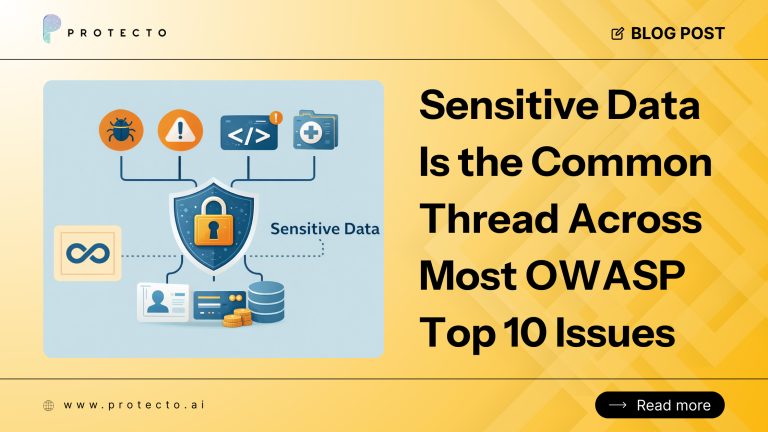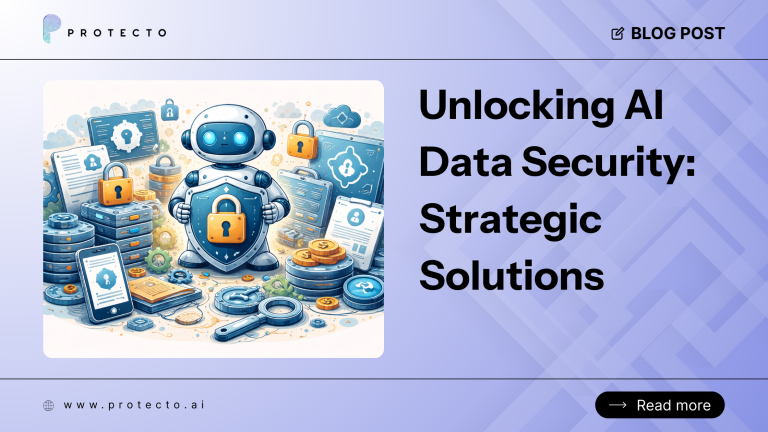As the digital realm expands, so do the threats and methods employed by hackers and malicious actors. Among the most pressing concerns in cybersecurity is the vulnerability of data to brute force attacks. Understanding the resilience of different data security methods, especially 128-bit encryption, and true random tokenization, is vital. This blog dives deep into how these techniques fare against brute force attacks.
Brute Force Attacks Explained
At its core, a brute force attack means trying every possible combination of values until the correct one is found. It’s akin to attempting every possible key on a lock until it unlocks. In the context of encryption, this translates to testing every possible encryption key until the locked data is decrypted.
128-bit Encryption and Its Resilience
- Strength in Numbers: The strength of 128-bit encryption lies in the vast number of possible keys it offers. Specifically, 2^128 or about 3.4 x 10^38 potential combinations. This astronomical figure makes it seemingly impossible for our current computational capabilities to traverse through all possible keys in a feasible timeframe exhaustively.
- Potential Weak Spots: However, not all combinations are equally likely. If an attacker has some contextual knowledge about the encryption key, the range of likely combinations shrinks considerably. Hence, the attack could be expedited. One of the ingenious ways attackers expedite brute force attacks on encryption is through rainbow tables. These are pre-calculated tables listing all potential passwords or encryption keys for specific lengths. If the targeted password or key exists in this table, the encryption can be cracked rapidly.
- The Future Threat: Even though the sheer number of combinations makes brute-forcing currently impractical, computational advancements, notably the advent of quantum computing, could threaten 128-bit encryption in the future. Quantum computers promise significant speed-ups in decrypting data, though they are still in their infancy and haven’t yet practically challenged established encryption methods.
True Random Tokenization: A Different Paradigm
Tokenization, particularly when rooted in true randomness, offers a distinct approach to data security.
- No Pattern, No Structure: Unlike encrypted data, which possesses a systematic structure that might be analyzed and potentially exploited, true random tokenized data remains patternless. Even if an attacker were to try every possible token, there’s no reliable method to ascertain if they’ve identified a correct or meaningful value.
- Not Mathematically Derivable: The standout feature of true random tokenization is that the token lacks a mathematical relationship to the original data. In contrast, encryption ties the encrypted and original data via a mathematical algorithm. This relationship is absent in tokenization, rendering reverse engineering efforts futile.
- Efficiency in Computation: One advantage often overlooked is the efficiency aspect. Encryption, especially robust ones like 128-bit, can be computationally heavy, slowing down systems and requiring more resources. True random tokenization, on the other hand, can be executed much more efficiently, leading to faster processing times and less strain on resources.
- The Blast Radius: This term, borrowed from explosive impact analysis, represents the extent of damage or exposure when security is compromised. If an attacker successfully decrypts one piece of data, they have, in essence, found the master key to unlock all data encrypted with that particular key. The blast radius, in this scenario, is vast. Every piece of data encrypted with that key is now potentially exposed. On the flip side, true random tokenization treats each data element as a unique entity. Every piece of data is tokenized without a systemic pattern or mathematical relationship to the original. Decrypting or cracking one token doesn’t provide any clues or advantages to cracking another. The blast radius is significantly contained, as the compromise of one tokenized element doesn’t increase the risk to other elements. Each data piece stands alone, fortifying the overall system’s security.
Introducing Protecto: Harnessing System Noise to Generate True Random
Protecto leverages system noise to generate true random numbers for tokenization. System noise, which is inherently random, emanates from various components and processes in computing systems. By tapping into this noise, Protecto can produce tokens that offer robust security and boast enhanced performance.
The utilization of system noise ensures that the generated tokens are not predictable, making them highly resistant to brute force and other sophisticated attacks. Moreover, by leveraging a naturally occurring phenomenon, Protecto offers an efficient and swift tokenization process, thereby aligning with the needs of high-performance systems and applications.
Concluding Thoughts
While both encryption and true random tokenization present formidable defenses against brute force attacks, they function on contrasting principles. Encryption’s might is often gauged by its key length and algorithm, leaving it potentially susceptible as computational prowess advances. In contrast, tokenization, particularly when derived from true randomness, offers an alternative that sidesteps the perpetual race against rising computational power.




